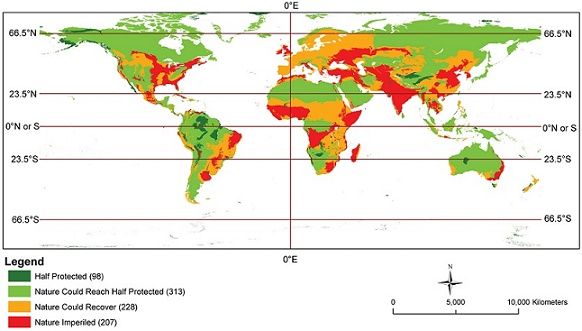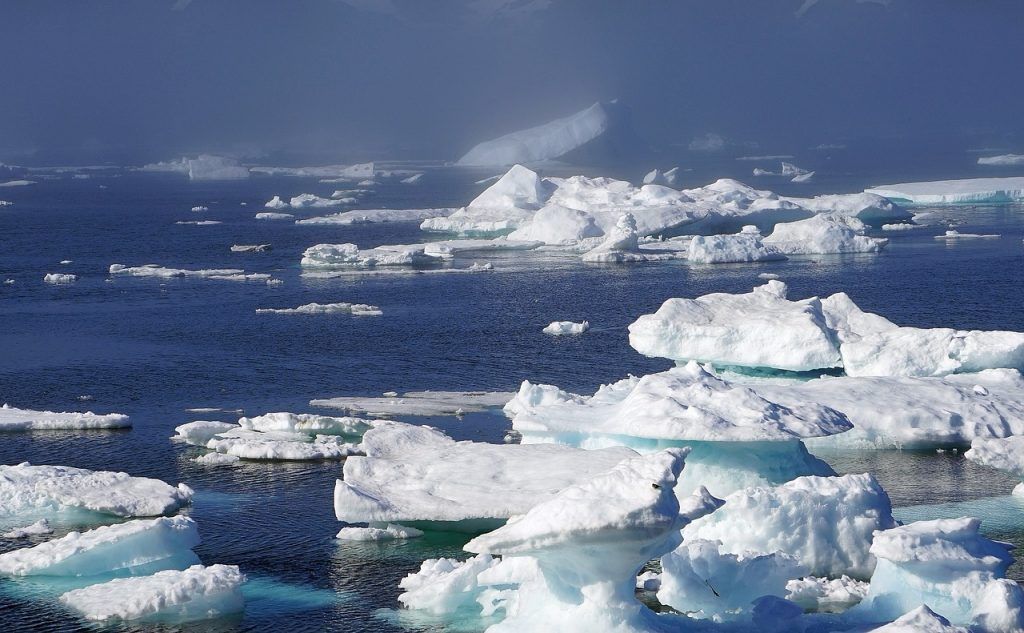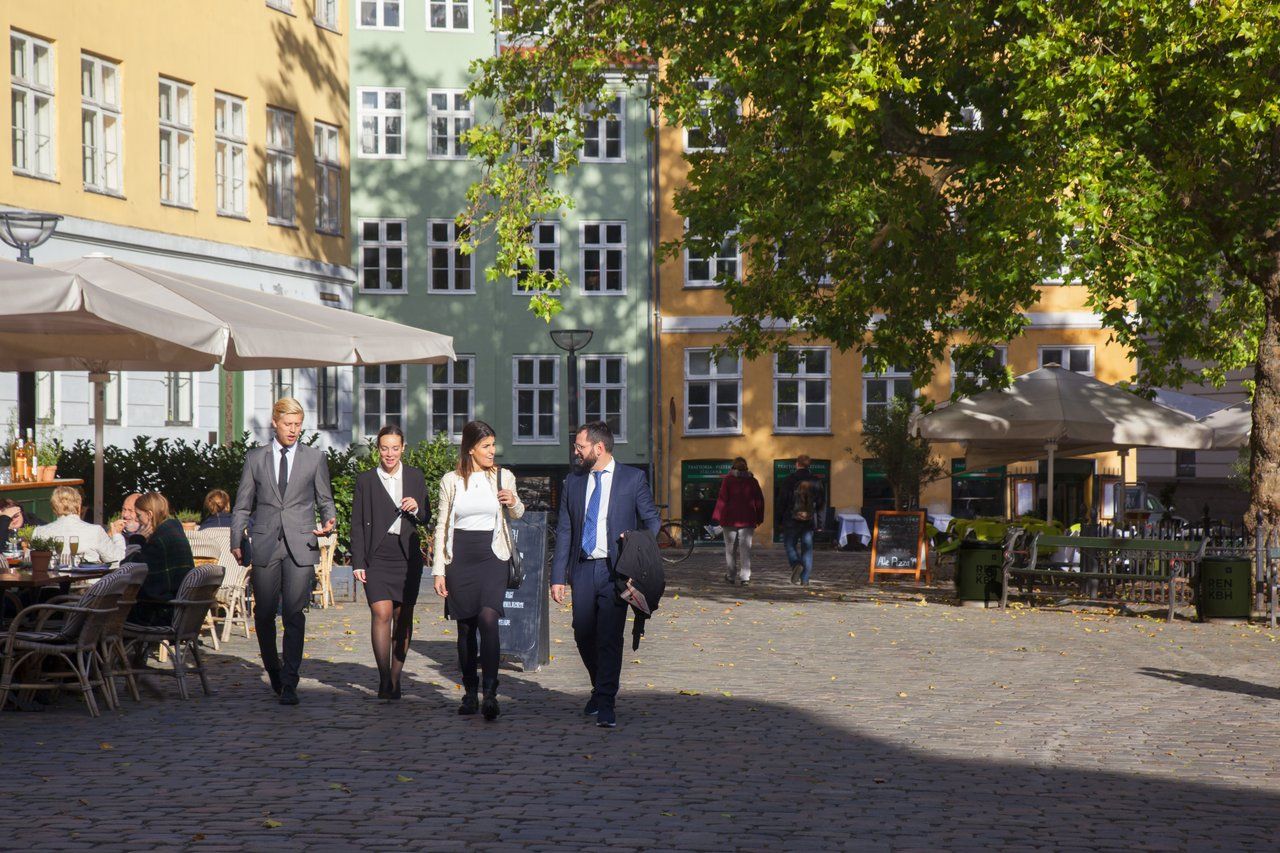Over the next 50 years, many animals and plants will disappear or become critically threatened because their habitats will have been destroyed.
However, studies show that it is possible to protect half of the planet’s area and preserve biodiversity if something is done now.
READ ALSO: Danes helping capture the scope of Danish biodiversity
Dr Eric Dinerstein from the Washington DC-based organisation RESOLVE has just published a new map of the world’s 846 terrestrial ecoregions, and researchers from Copenhagen University’s Institut for Geovidenskab og Naturforvaltning were among the contributors to the map.
“In collaboration with the World Agroforestry Center in Nairobi, we’ve been especially involved in the work of creating a more detailed map of the vegetation of east Africa,” said senior researcher Jens-Peter Barnekow Lillesø.
Goals and indicators vital
He went on to add that “it is extremely important to have goals and indicators based on verifiable scientific knowledge in order to be able to observe what is happening to nature.”
Senior researcher Lars Graundal adds that “taking stock of the natural resource base is not only important to preserve nature, but also for the development of land management strategies for areas for productive restoration of the over 20 percent of the earth’s surface that has already been damaged.”
A 50 percent solution
“In order to ensure a comprehensive protection of the biodiversity, many studies point to the fact that an average protection of 50 percent is necessary to sustain habitats and ecosystems,” said Dr Reed Noss from the University of Florida.
At the same time, consistent with the UN’s sustainable development goals and other mechanisms, the other 50 percent set aside for development is designed to support people’s livelihoods, and this goal should be achieved by 2050.
The new study pinpoints 98 ecoregions where protection of at least half the natural area is already in place. Another group of 313 ecoregions have enough nature left to enable the goal of protecting 50 percent.
“At the moment, around 15 percent of the earth’s surface is protected to some degree, which is close to the international goal. This figure is not, however, science-based and is insufficient,” added Noss.
The researchers strongly urge the world’s leaders and opinion-formers to embrace the goal of protecting half the earth’s surface by 2050.















